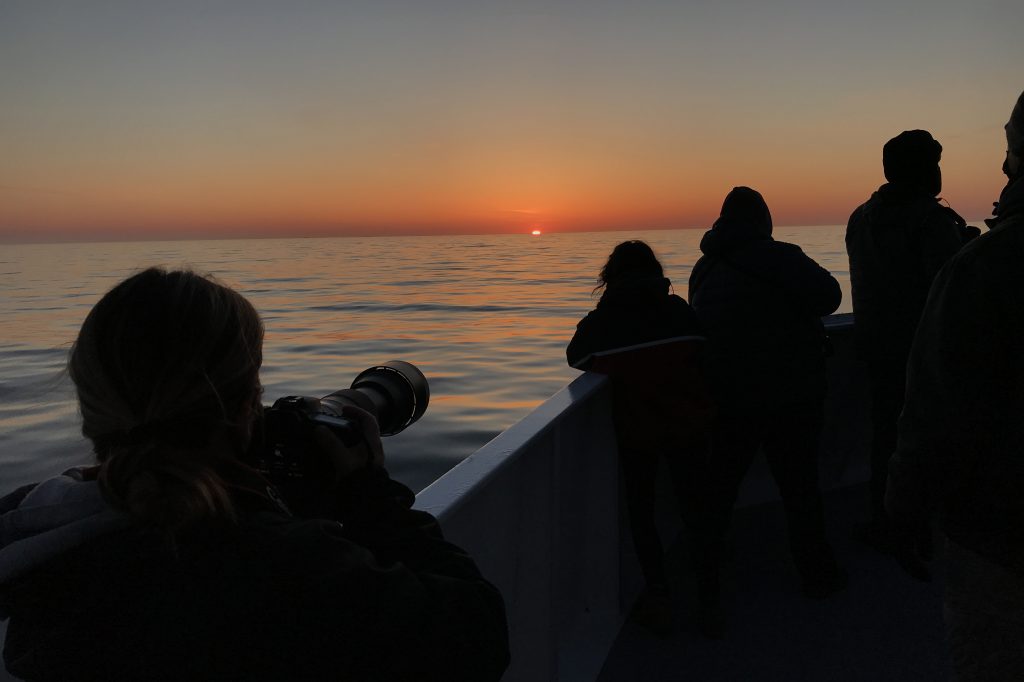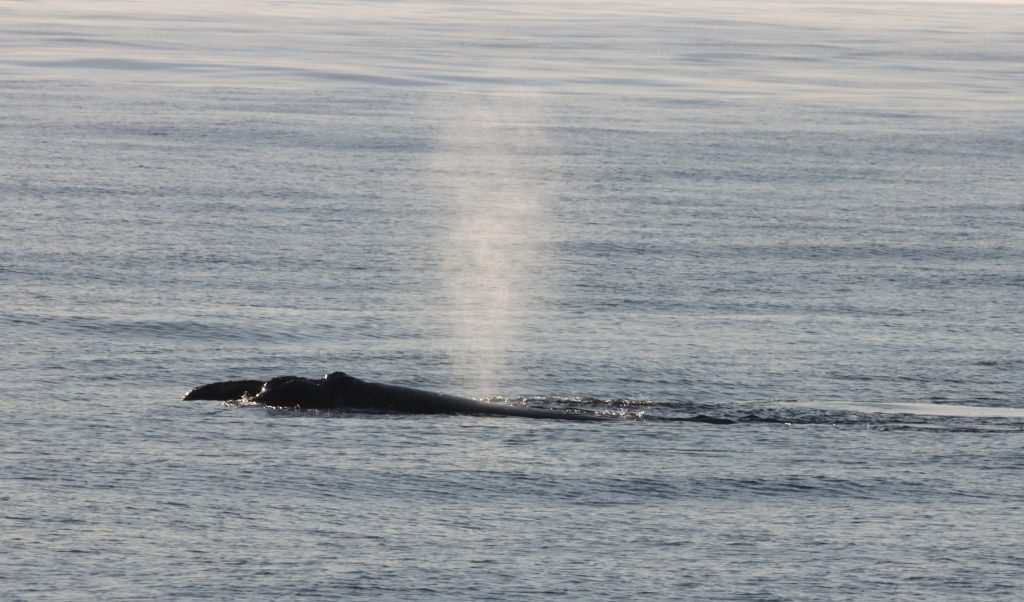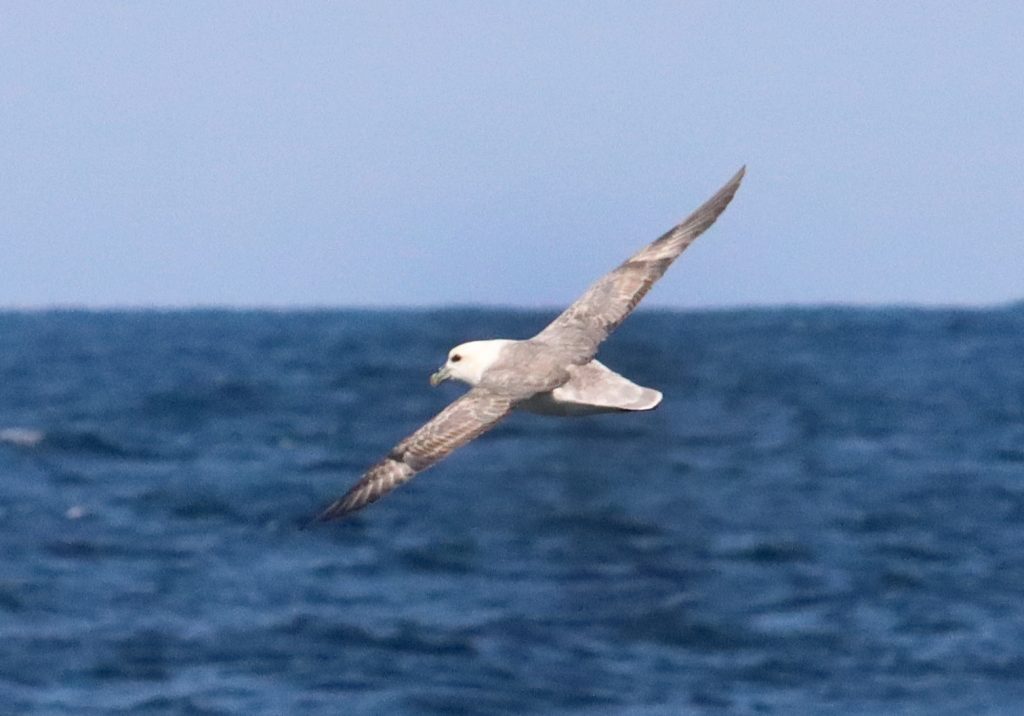I am not very much of a pelagic birder, having only been on two previous true pelagic birding trips., so there are plenty of pelagic species that I have not seen. Pelagic birding certainly isn’t for everyone, and it’s not exactly my favorite style of birding, but it is a nice change of pace from land-birding, and I’m always up for a new adventure. Why would anybody not jump at every opportunity to head out and look for seabirds? First of all, there is that seasickness possibility, and secondly, it takes plenty of experience to identify distant birds, which means that we rely on the experienced spotters on board to find and identify the birds for us. Nonetheless, we all have to start somewhere, and with benign weather and seas predicted for yesterday, it seemed like a good time to be out on the water and find something new. Yesterday’s trip was a 12 hour excursion, out to waters ~45 miles from shore on board the American Star out of Cape May, NJ, hoping to find some of the winter pelagic species.
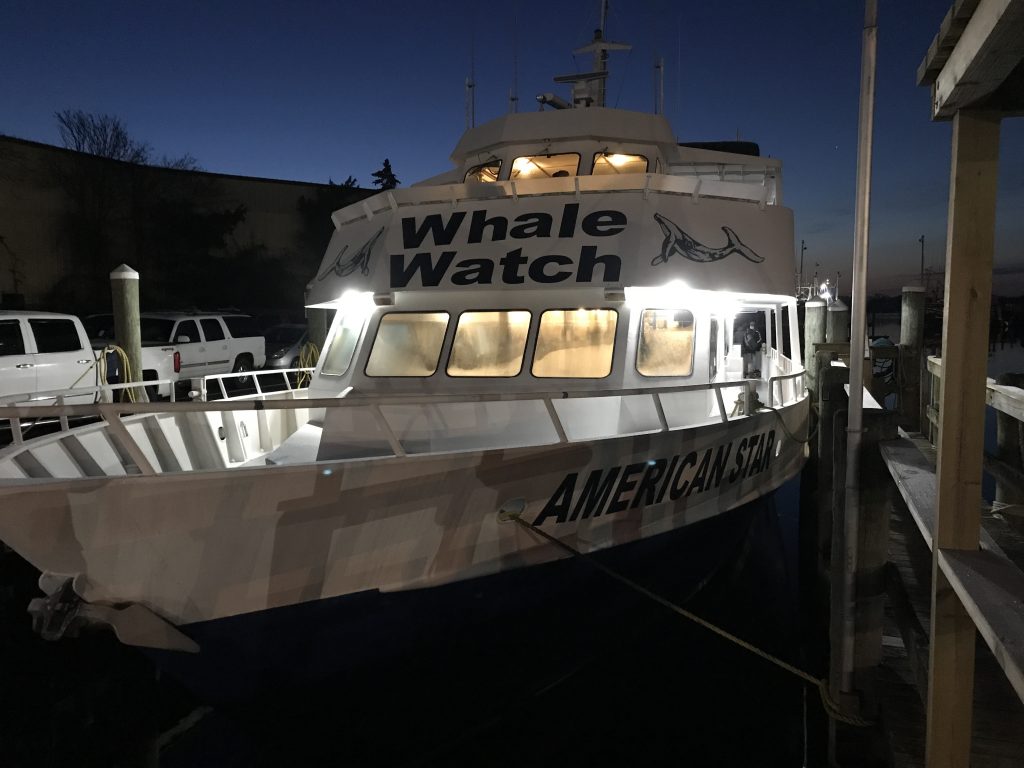
Our floating home for the next 12 hours, the American Star from the Cape May Whale Watch and Research Center fleet, getting ready for a 6:30AM departure.
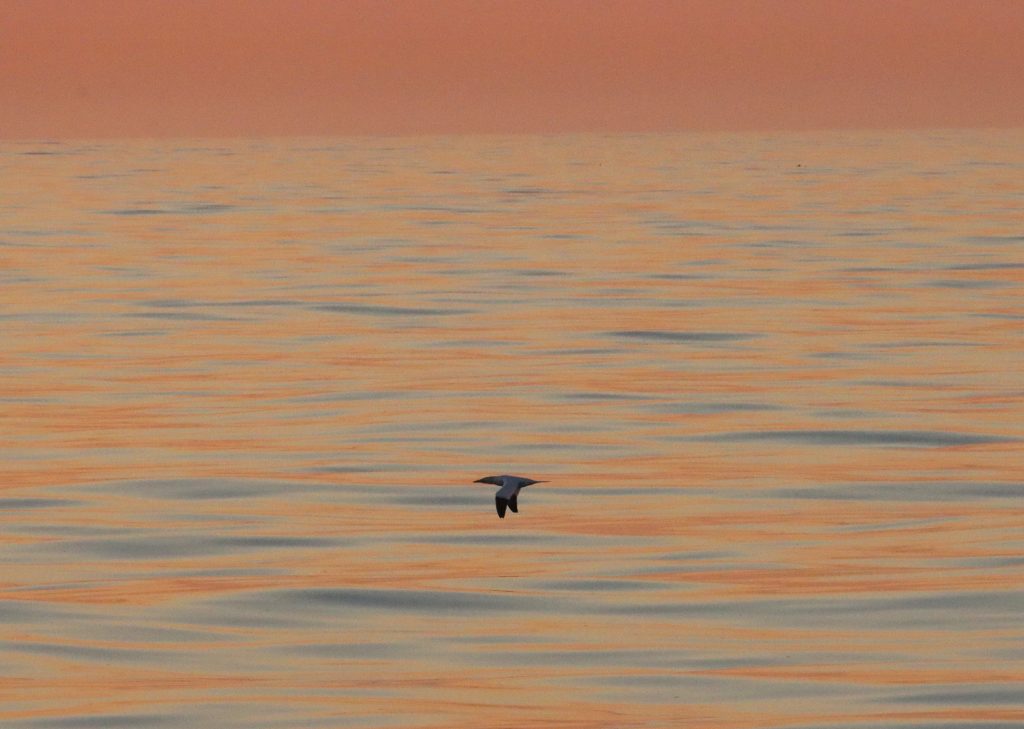
A Northern Gannet heading northward towards its breeding grounds with a gorgeous ocean in the background. Gannets were plentiful in the near-shore waters.
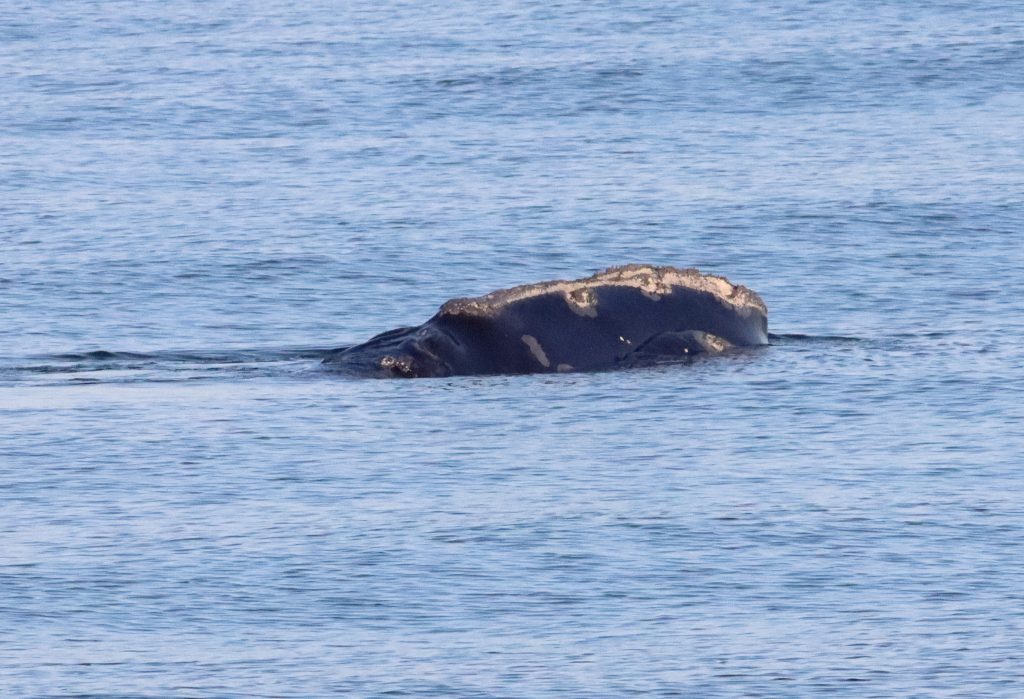
Our first ‘good’ sighting of the day wasn’t a bird, but instead was a Right Whale. These creatures are endangered, with estimates of only 300-350 surviving today. Even the experienced naturalist onboard this whale-watching ship hadn’t seen one since 2011.
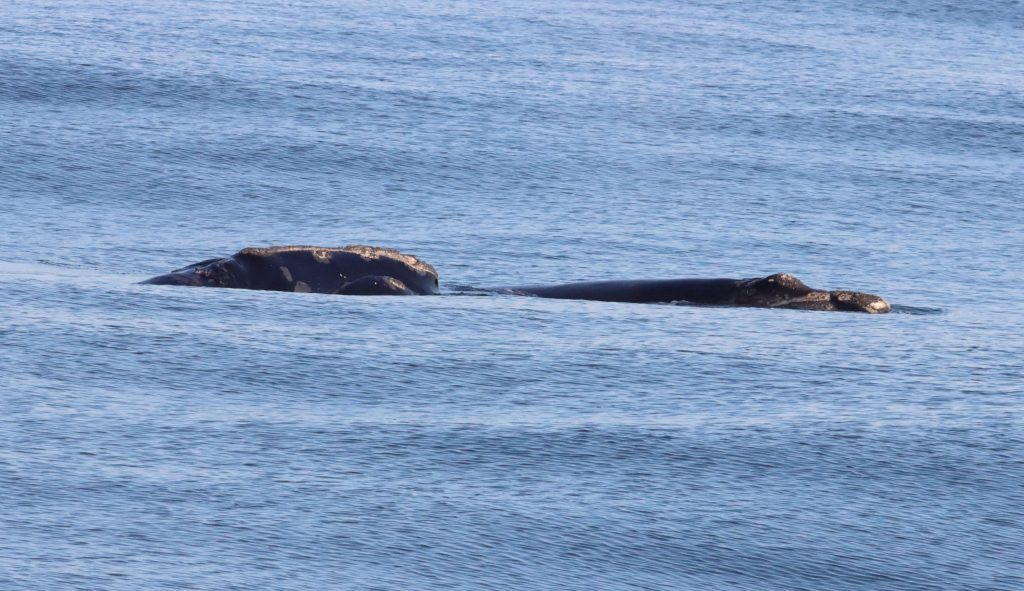
As it turns out, we encountered not just a single Right Whale, but a pair, with a young one (on the right) near its parent.
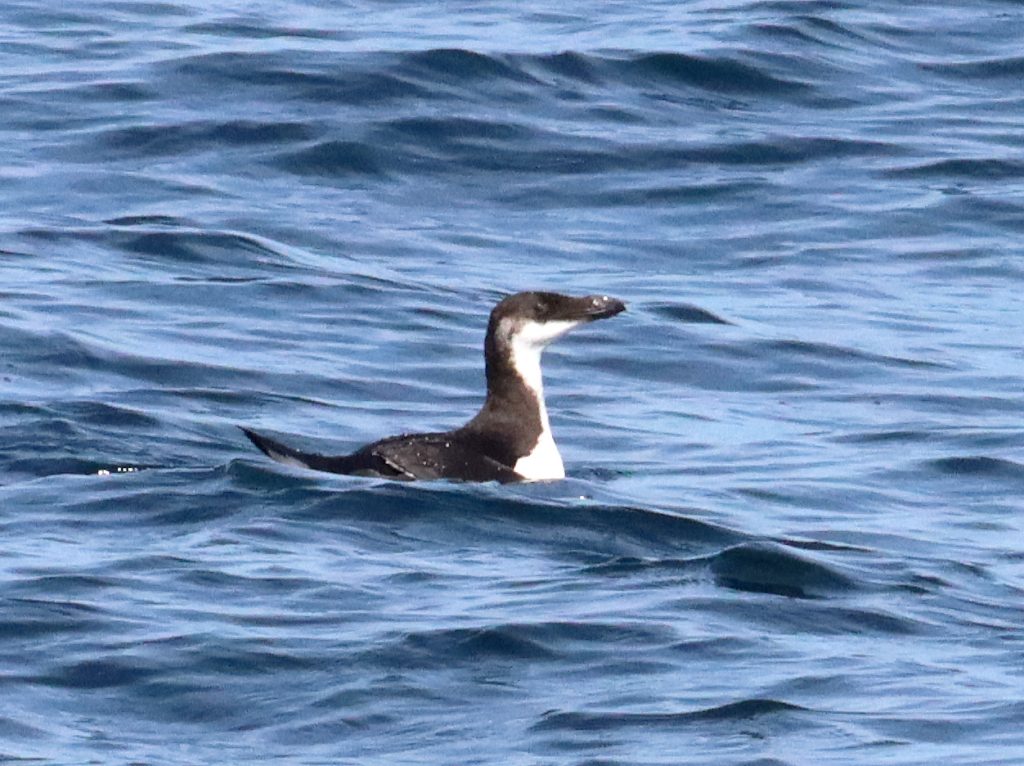
Getting back to the birds, here’s the closest Razorbill from today’s trip. We typically can see Razorbills from shore here in NJ, but it’s still always good to see one. We also saw one Dovekie, another alcid species that we’ve been seeing from shore this year, but the little guy was too quick for me to photograph.
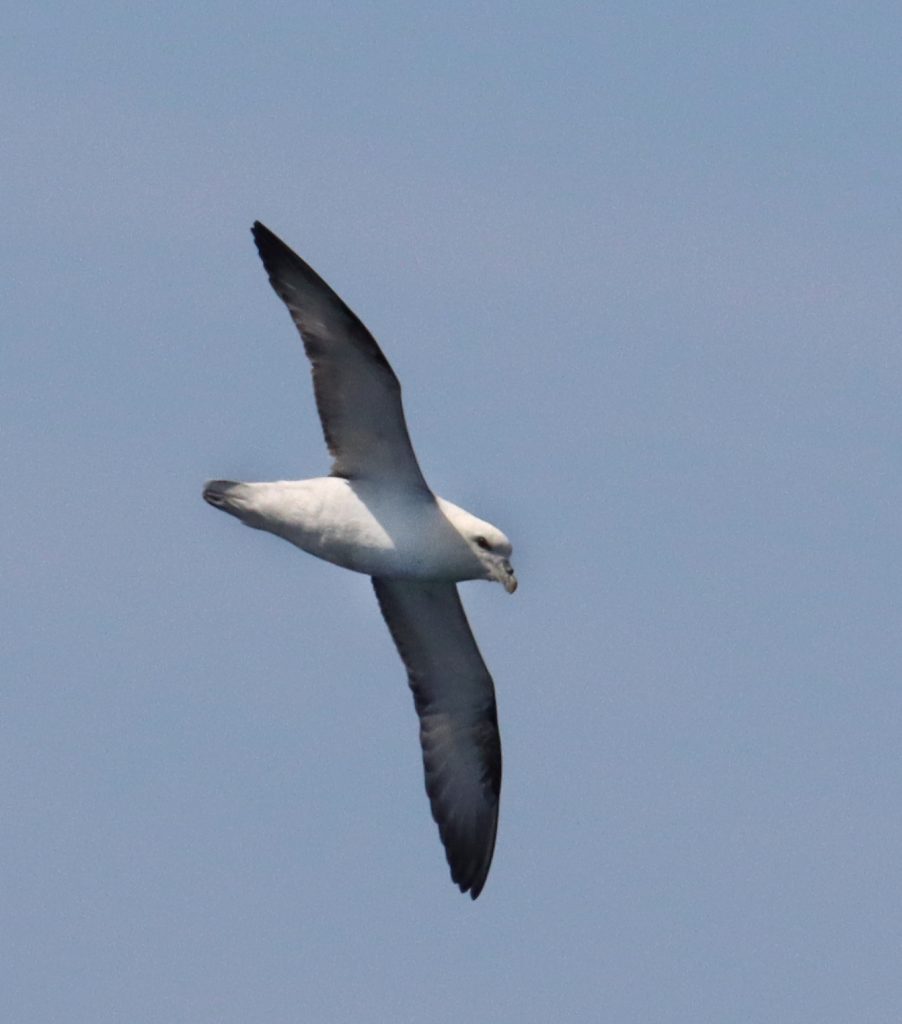
One of my main targets on this trip was Northern Fulmar, a species that I have only seen in England, so I was thrilled when the leaders called out its name while they were chumming ~40 miles from shore. It visited us a few times, provided a nice comparison of its size and flight characteristics compared to the plentiful Herring Gulls.
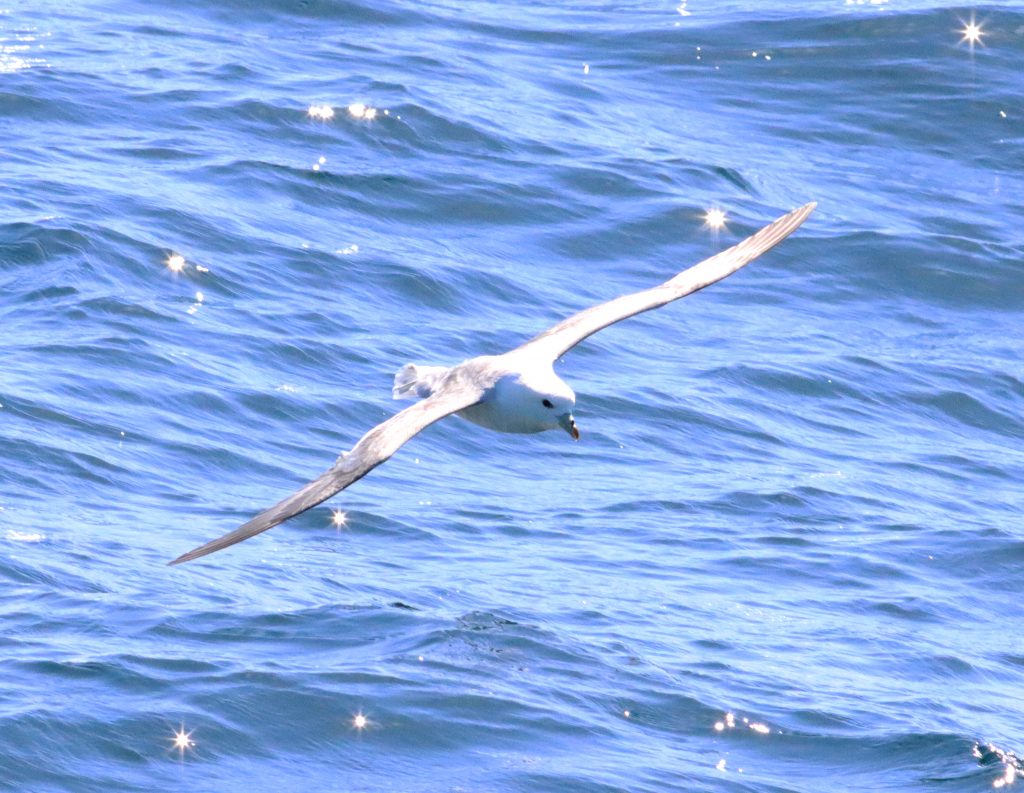
Fulmars have a style of flight that is reminiscent of shearwaters, so they were comfortable soaring just above the surface.
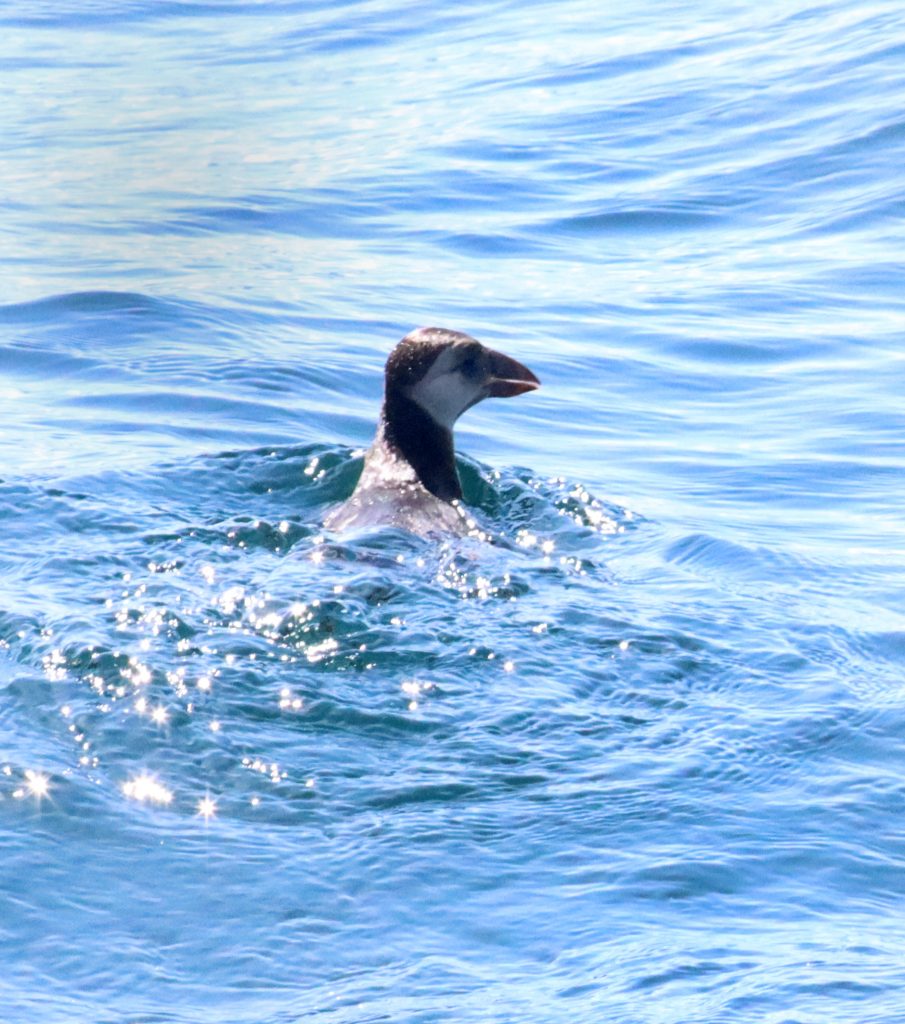
Here we have an immature Atlantic Puffin, another species that I had seen only in England. After arriving back home I realized that this was the 600th species that I have seen in North America.
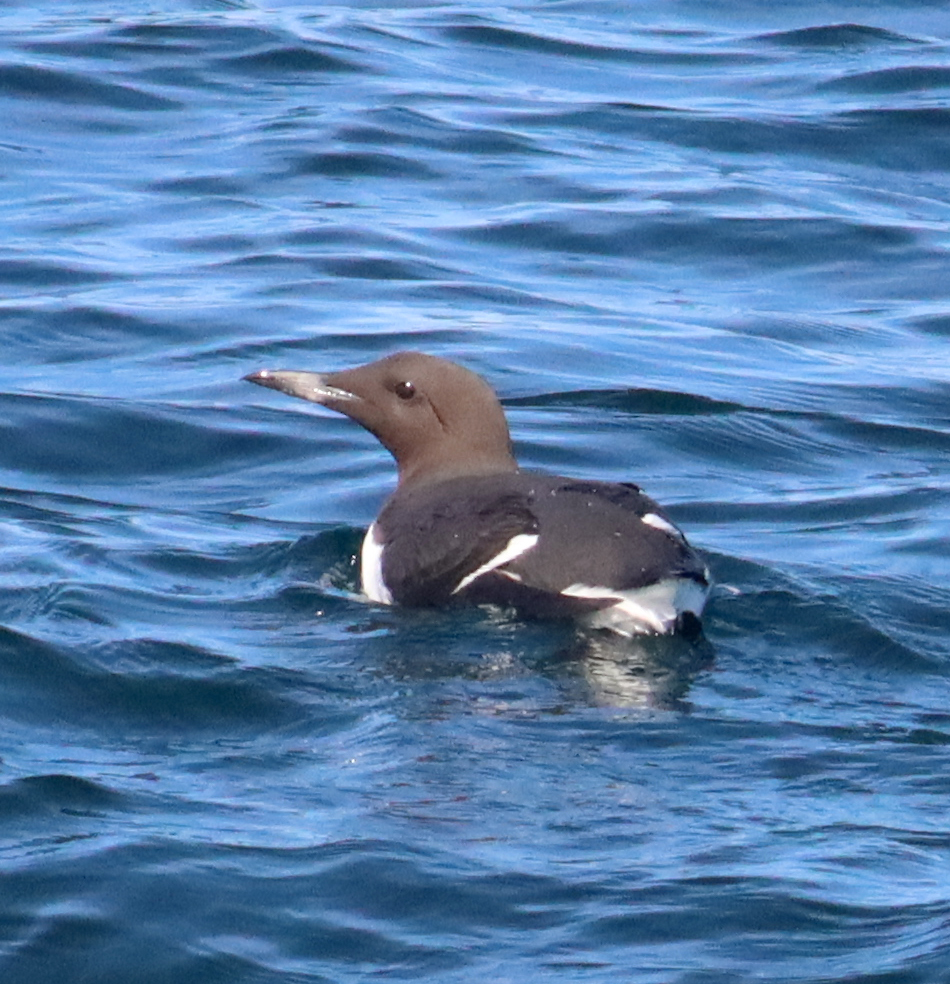
As we were returning back to shore our final ‘good’ bird for the trip was seen, ~ 21 miles from shore. This is a Common Murre, with its chocolatey head and pointed bill distinguishing it from the other alcids.
Overall, it was a great day. The seas were calm with only mild wind, the temperatures probably peaked in the mid-40s, and we saw most of our targets. In addition to the species mentioned and photographed here, we also spotted a flock of seven Red Phalaropes, an early Sooty Shearwater, and we had multiple views of Manx Shearwaters, my sole life bird of the trip. Unfortunately I missed seeing a Black-legged Kittiwake because I was in the cabin eating lunch, but that only means that there is another reason for a winter / early spring trip next year.
